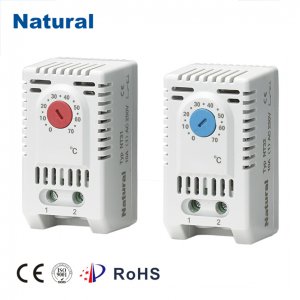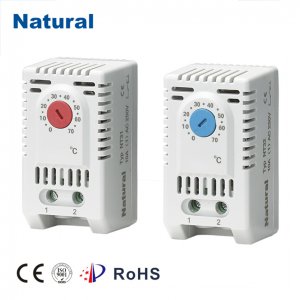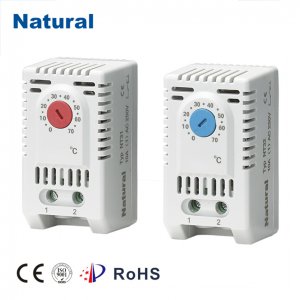Adjustable mechanical thermostats are essential devices that play a crucial role in maintaining comfortable indoor temperatures while ensuring energy efficiency. These thermostats, which utilize a simple mechanical operation to regulate temperature, have been widely adopted in homes, commercial buildings, and industrial settings. They offer an accessible solution for individuals seeking to control their heating and cooling systems manually. In this article, we will explore the workings, benefits, and applications of adjustable mechanical thermostats, highlighting their importance in today’s HVAC systems.

Understanding Adjustable Mechanical Thermostats

At its core, an adjustable mechanical thermostat consists of a temperature sensor, a dial or lever for setting the desired temperature, and an internal mechanism that activates the heating or cooling system. The most common type of sensor used is a bimetallic strip, which expands and contracts in response to temperature changes. As the temperature within the environment fluctuates, the bimetallic strip moves, triggering the thermostat to either turn on or off the connected HVAC system. The adjustability feature allows users to set a specific temperature that suits their comfort levels. With simple turning dials or sliders, users can easily adjust the thermostat to their preferred settings, providing a personalized climate control experience.
